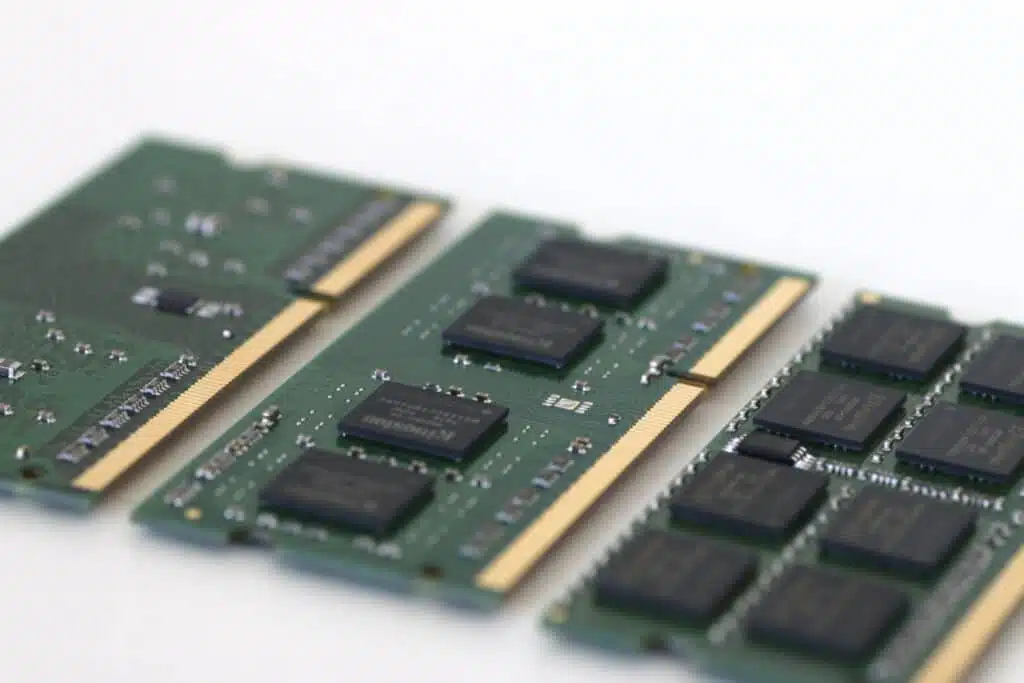21.07.2016

The abbreviation "RAM" stands for "random access memory", which is often also referred to as "direct access memory". With this type of memory, access to each individual memory cell is possible, while other types, such as flash, only store in blocks. In contrast to the hard disk, RAM is a volatile (semiconductor) memory. This means that as soon as the power supply is switched off, all data is lost.
While hard disks can store large amounts of data over a long period of time, RAM stores small amounts for a short time. It works at a much higher speed: the read and write process is up to 250 times faster than with SSDs, and the access time is up to 120,000 times faster. Due to its speed, RAM is usually used as working memory. The two terms are therefore used synonymously.
The memory is located on the RAM modules in the form of chips. More gigabytes of RAM therefore means more memory chips on the RAM bar. Nowadays, the modules generally have 2 to 64 gigabytes of RAM.
The working memory serves as a short-term buffer for the CPU. The operating system, Internet browser and other data on which changes or calculations are made are temporarily stored in it. For example, the processor also loads texts, images and videos into RAM so that they can be displayed and edited quickly. The data is only saved to the hard disk or SSD when it is saved.

Machines that know when they need to be serviced before anything breaks down. Sounds like a dream of...

Digital signage has long been much more than just static screens. In times of Industry 4.0, smart bu...

SCADA systems enable real-time monitoring and control of industrial processes and are central to Ind...
You need to load content from reCAPTCHA to submit the form. Please note that doing so will share data with third-party providers.
More Information